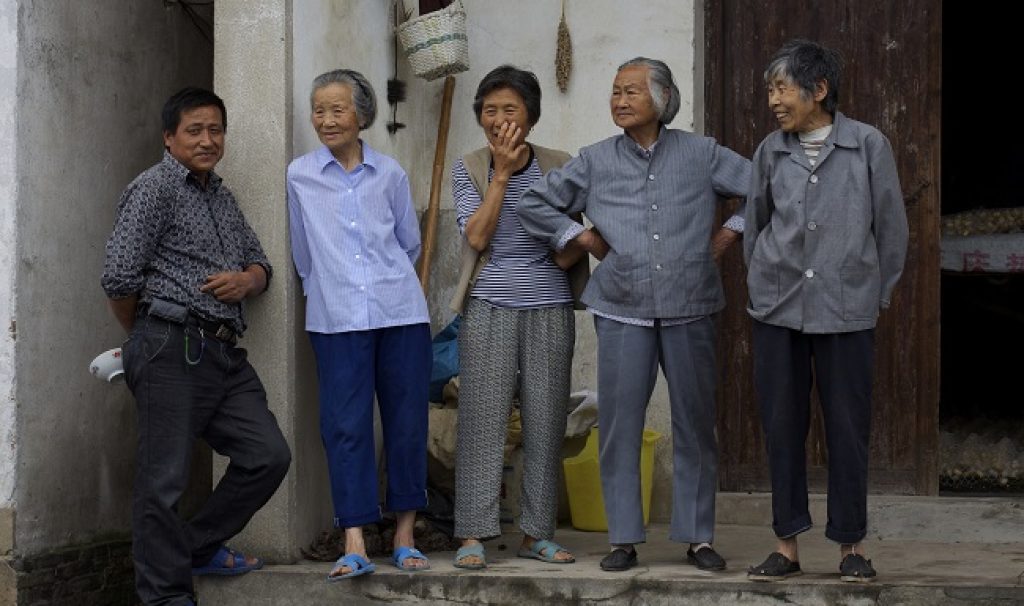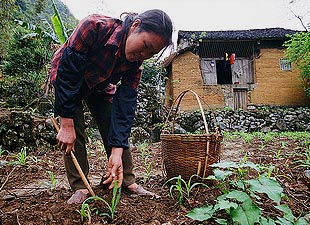
AsianScientist (Apr. 27, 2015) – The elderly are likely to become a major contributor to the number of tuberculosis (TB) infections and cases in China over the next few decades, according to preliminary new research presented at the Fourth Global Forum on TB Vaccines in Shanghai. The researchers from the London School of Hygiene & Tropical Medicine found that developing a “post-infection” vaccine could reduce overall TB rates in China by almost a third by 2050.
Globally, 2050 is the target year for eliminating TB as a public health problem. China is acknowledged to have made a great deal of progress in controlling the disease over the last 20 years, but it is still hard hit by the TB epidemic. According to the World Health Organization (WHO), China has an estimated 980,000 new cases of TB every year, second only to India and 41,000 deaths each year result from the infectious, airborne disease. More troublingly, a third of the world’s drug-resistant TB cases are found in China.
“We chose to study TB trends in China given the magnitude of the disease burden present and the anticipated increase in the number and proportion of elderly people within the population. We wanted to understand how these factors would affect the attempt to eliminate TB in the country,” said Ms. Rebecca Claire Harris, a PhD candidate at the London School of Hygiene & Tropical Medicine, who presented the results.
“This is the first time the possible impact of giving new TB vaccines to older adults has been considered in any setting and could inform how future clinical trials and vaccine deployment plans are developed,” said Harris.
Preliminary study results predict that the elderly (those aged 65 years and above) contribution to TB infection transmission in China may increase from 18 percent to 53 percent and their burden of TB disease may increase from 13 percent to 71 percent of all new TB cases.
“Our preliminary findings suggest that in China it may be useful to increase TB control efforts for preventing disease in older adults and the elderly, and that development of new TB vaccines aiming to protect this population could have substantial impact,” Harris said.
“Targeting older adults is a departure from the current thinking in the field, which mostly focuses on developing vaccines for children and adolescents. This also may be different from other parts of the world, such as sub-Saharan Africa, where there is much more disease in young adults.”
According to the researchers, a combination of the success in China in bringing down TB transmission and the increasing size of the elderly population are contributors to this expected trend. The population that will be elderly during 2025 to 2050 may have been infected back in the pre-1990 era when transmission was still very high. As they get older, their risk of reactivation of infection increases, so they are more likely to develop disease and contribute to disease figures.
Whereas because disease transmission has declined so much in recent years, younger people are now infected in relatively lower numbers, so the number of younger people developing disease will also become lower since most disease in this group is due to recent infection.
The researchers used mathematical models to explore the potential impact of new TB vaccines and found that some types could reduce the rate of TB in China by up to nearly a third by 2050. An effective vaccine option of those explored for China was found to be one that could be given to older adults, including those who have already been infected by the bacteria that cause TB but who haven’t yet developed TB disease.
Such a vaccine, if it had 80 percent efficacy, 20 years duration of protection and covered 70 percent of people aged 55-64 in 2025-27 and then 55 year olds as part of a routine program, could reduce the rate of new TB cases in China by 31 percent by 2050, avoiding up to 3.7 million cases between 2025-50, the results suggest. Even at lower efficacy and coverage, such a vaccine given to older adults could prevent hundreds of thousands of TB cases.
“If our research continues to validate results to date, it would highlight the importance of ensuring TB vaccine trials include these older age groups and that China begins to plan how a vaccine or other interventions to prevent infected people developing TB could be delivered to people of this age group,” said Harris. “However, these early results suggest that even the most effective older adult vaccine will need to be part of a wider control package to reach the WHO 2050 TB elimination goal in China.”
———
Source: London School of Hygiene and Tropical Medicine; Photo: Lindsay Maizland/Flickr/CC.
Disclaimer: This article does not necessarily reflect the views of AsianScientist or its staff.












